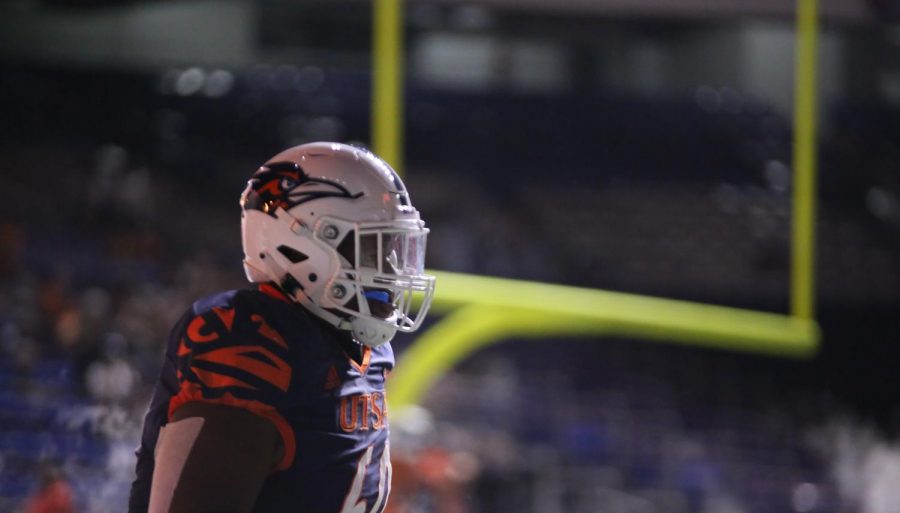The negative sides of the NCAA’s extra year of eligibility
September 25, 2020
As we all know, the impact of COVID-19 forced many sports seasons originally scheduled for the fall to be moved to next spring. Because of this, many upcoming seniors faced the possibility of losing out on their last year of eligibility at their current schools. On March 30 of last spring, the NCAA Division I Council decided to allow another year of eligibility for all spring sport athletes who had their season cut short. This may seem like a great outcome for UTSA and its seniors, but it could end up causing more problems for our sports teams.
While the NCAA has given student athletes the ability to play another year, they did not give colleges any help to pay for these players. Most universities such as UTSA do not have the money allocated to distribute five grade levels of scholarship, so colleges will have to decide if they want to bring back student athletes on scholarship. This problem is further complicated by the economic impact of COVID-19. If a student athlete does not get selected to receive another year of scholarship and still wants to play, they will have to pay for their own schooling. The NCAA also mentioned that all senior scholarships will not count against the cap of available scholarships. For example, baseball rosters are limited to 35 slots, but seniors who return will not be counted against that limit.
The question remains: Should senior athletes return? In a perfect world, any and all athletes whose seasons were taken away from them by an unprecedented situation should come back to play, but we don’t live in a perfect world. Since UTSA is a smaller D-I school, it does not have the financial backing that larger schools do, so by keeping another year of scholarships, their ability to support the incoming freshman class cannot be guaranteed. If a team had the possibility to win the conference championship, a discussion could be had as to whether or not it is worth it to bring back veteran players who could make that happen, but UTSA just doesn’t seem to have a clear title contender among its teams.
The economic issues with scholarships aren’t the only problem either. Team dynamics may be disturbed as well. There isn’t a clear way to allocate playing time to incoming players. The rosters for most sports will most likely make it difficult for freshman athletes to get playing time in, meaning they would lose a significant amount of developmental time, which will carry over into their sophomore season. Seniors who stay an extra year will undoubtedly cause a backlog that impacts all grade levels on the team.
When bringing back a senior, you would want them to have their starting spot back, but what about the incoming freshman who was supposed to take that spot? Are they supposed to wait until next year? This backup of the freshmen class would most likely lead to a decrease in performance after this year because, as sophomores, they would lack the experience they should have accumulated the year prior. It’s hard to justify keeping a top-heavy team together and playing better for a year because of returning seniors at the cost of developing the future.
The pandemic has compromised the senior seasons of many players. UTSA and the players as individuals have a hard choice ahead of them regarding whether or not they should make that time up.






